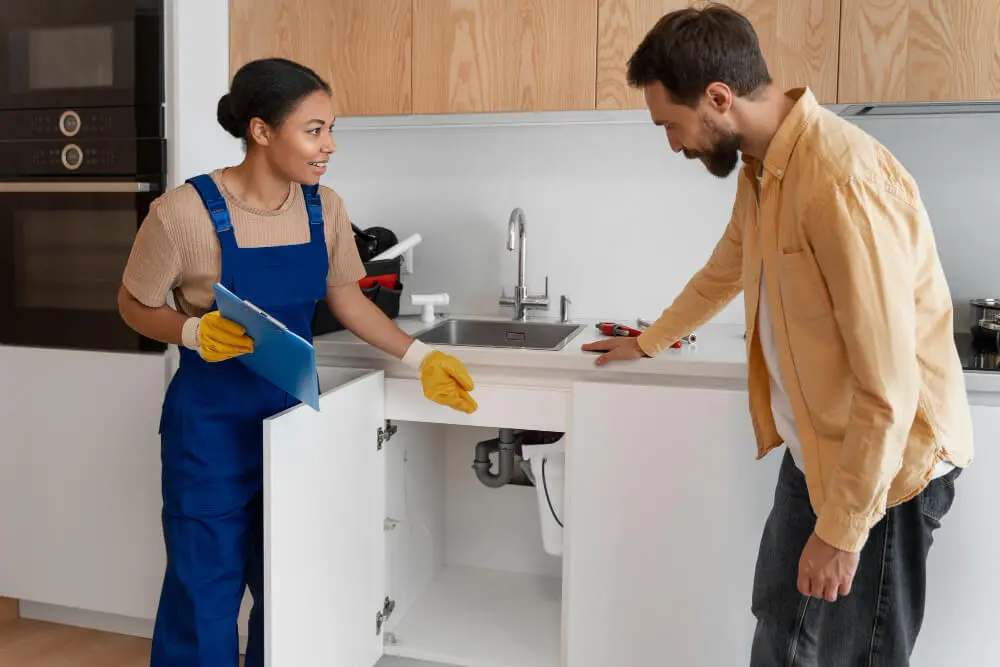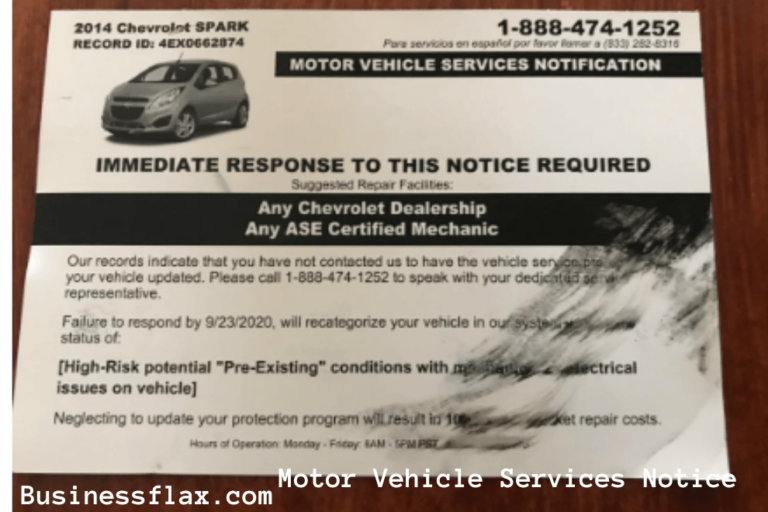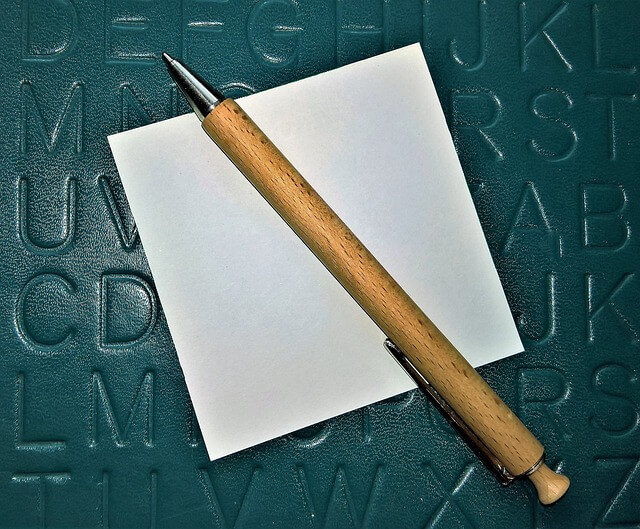Tips for Fixing Your Home’s Water Pressure Problems

Water pressure problems in your home can be frustrating and inconvenient, affecting everything from shower performance to appliance efficiency. Understanding the common causes and solutions is essential for maintaining a smooth water flow. Use these tips for fixing your home’s water pressure problems to effectively address these issues and regain control of your home’s flow.
Check for Leaks
One of the first steps in diagnosing water pressure problems is checking for leaks in your plumbing system. Even small leaks can significantly reduce water pressure. Inspect visible pipes, faucets, and connections for any signs of dripping or moisture. Repeatedly check your water meter over the course of a few hours without using any water. A change in the meter reading indicates a leak, which will require professional repairs.
Clean Faucets and Showerheads
Mineral buildup can clog faucets and showerheads, reducing water pressure. Before hiring professionals, consider soaking aerators from faucets in vinegar to dissolve these mineral deposits. Similarly, you can detach showerheads and soak them in vinegar or use a brush to clean the nozzles. Reassemble the components and test the water pressure to see if the situation improves.
Inspect the Pressure Regulator
A malfunctioning pressure regulator can cause inconsistent water pressure throughout your home. The pressure regulator, located near the main water line, controls the flow of water entering your home. Sometimes, one of the factors that affects pressure gauge accuracy is the condition of the regulator itself. If it’s faulty or incorrectly set, it may need adjustment or replacement. Consult a plumber to assess and adjust the pressure regulator to the recommended settings (typically between 40-60 psi).
Address Clogged Pipes
Over time, sediment, rust, and other debris can clog pipes, impacting water pressure. If you suspect clogged pipes, consider flushing your plumbing system. Turn off the water supply, open all faucets, and let the remaining water drain out. Then, turn the water back on, allowing it to flush through the system and clear out any blockages. Professional plumbing services might be necessary for severe clogs, as they will be able to thoroughly inspect and clean the pipes.
Ensuring Steady Water Pressure in Your Home
Addressing and fixing your home’s water pressure problems requires a systematic approach. From checking for leaks to cleaning fixtures and inspecting pressure regulators, each step plays a vital role in maintaining consistent water flow.
By following these tips for fixing your home’s water pressure problems, homeowners can enjoy reliable water pressure and ensure the efficiency of their plumbing systems. Regular maintenance and timely interventions are key to preventing future water pressure issues and ensuring smooth operation.
Read Also: Home Maintenance Tips






